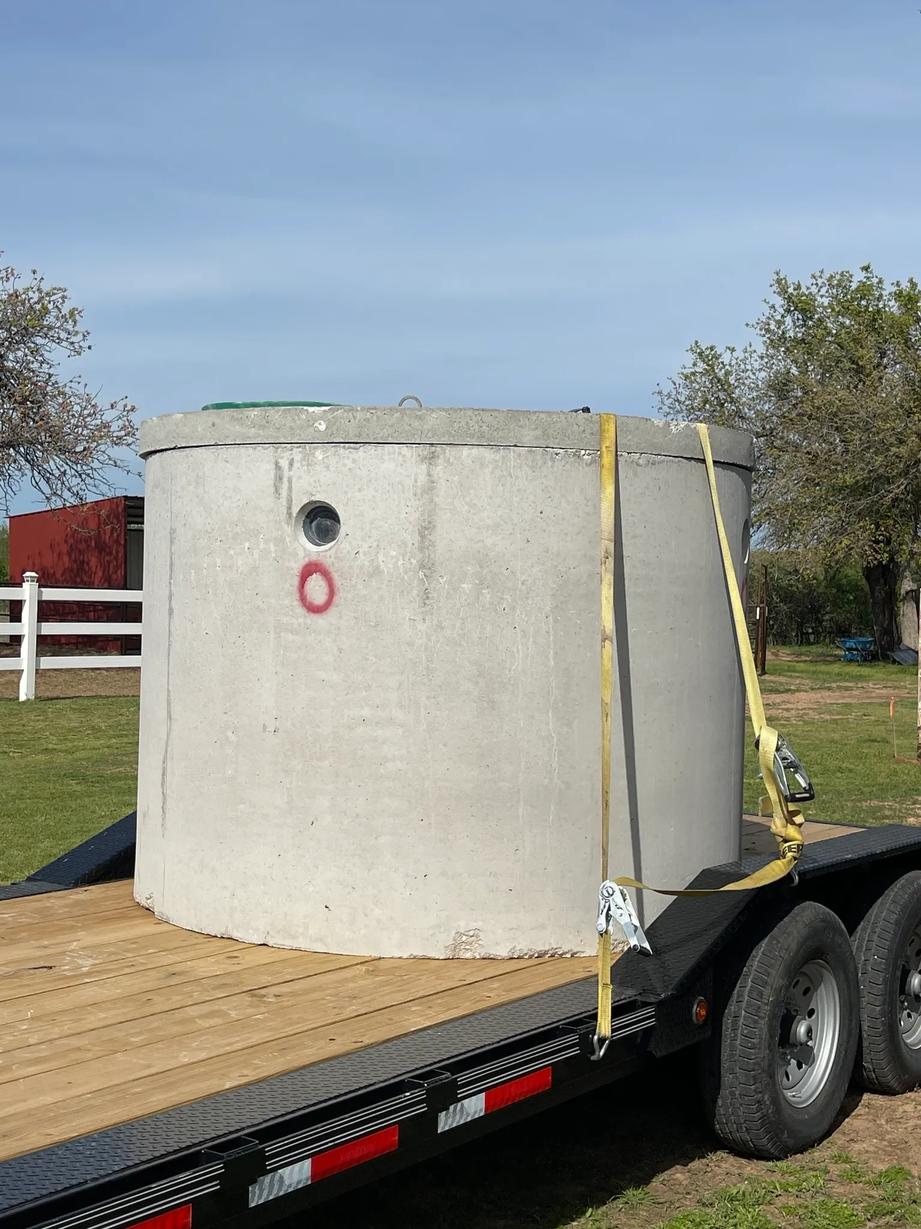The Main Principles Of Stillwell Septic And Grading
The Main Principles Of Stillwell Septic And Grading
Blog Article
The 4-Minute Rule for Stillwell Septic And Grading
Table of ContentsThe Only Guide to Stillwell Septic And GradingOur Stillwell Septic And Grading PDFsThe Buzz on Stillwell Septic And GradingFacts About Stillwell Septic And Grading RevealedNot known Facts About Stillwell Septic And GradingStillwell Septic And Grading Things To Know Before You BuySome Known Details About Stillwell Septic And Grading

House owners need to also enlighten themselves on the basics of septic tanks to ensure they make educated decisions throughout the setup process - Septic Installers. Septic systems are an important part of many homes that are not connected to a local sewer system. They are made to deal with and get rid of household wastewater on-site
The septic tank is a large, below ground container made of concrete, fiberglass, or plastic. The tank divides the solid waste from the fluid waste.
The Stillwell Septic And Grading Ideas
It is additionally essential to preserve water and avoid overwhelming the system. Basic actions such as fixing dripping taps and commodes, installing low-flow showerheads and commodes, and spreading out laundry loads can help minimize water usage and expand the life of the septic system.
The topography of the website is also assessed to make sure that the septic tank is installed at the correct elevation. https://sc-bluffton.cataloxy.us/firms/stillwellseptic.co.htm. The system should be installed at a greater altitude than the surrounding area to prevent contamination of the surrounding environment. Setbacks are the minimal ranges called for by law between the septic tank and other frameworks or features such as wells, buildings, and home lines
The altitudes will certainly make certain that the septic system operates correctly, and wastewater is successfully dealt with. It makes certain that the septic system is set up in the most ideal area, taking into consideration the dirt, topography, and problems.
A Biased View of Stillwell Septic And Grading
Before setting up a septic container, house owners need to obtain licenses and abide with policies. Some of the permits and regulations that house owners require to consider include:: Property owners need to acquire a permit from the neighborhood health and wellness department or structure department prior to setting up a septic system.
As an example, some municipalities might require a minimum lot size for septic system installation.: Home owners require to adhere to environmental laws when setting up a septic system. For instance, some states may call for an environmental impact analysis prior to installing a septic system.: Property owners require to follow construction laws when setting up a septic tank.
The 9-Second Trick For Stillwell Septic And Grading
As an example, some municipalities might call for periodic inspections and pumping of the septic system. Non-compliance with licenses and laws can bring about penalties, fines, and even lawsuit. For that reason, it is essential for homeowners to acquire permits and abide by regulations prior to mounting a septic tank. When it comes to picking a septic container, house owners have a couple of alternatives to consider.
One of the most essential variables to take into consideration when selecting This Site a septic system is the dimension. A septic system that is also tiny for the home's requirements will need more regular pumping, while a tank that is as well large can lead to too much water buildup and potential system failing. A general guideline of thumb is that the tank should be able to hold at the very least 2 days' well worth of wastewater.
The Best Strategy To Use For Stillwell Septic And Grading

It's additionally important to consider the kind of system the septic container will be utilized with. There are 2 primary types of septic systems: gravity and stress.
The Basic Principles Of Stillwell Septic And Grading
Generally, selecting the appropriate septic storage tank for a home is an important choice that calls for mindful consideration. Home owners should seek advice from a professional to figure out the very best options for their certain requirements. Before mounting a sewage-disposal tank, house owners should take specific actions to plan for the installment process. This section outlines both primary areas of prep work: excavation and safety actions.
Below are some vital precaution to comply with: Use safety gear: Property owners need to use protective equipment, such as gloves, boots, and helmets, to prevent injury during the installation process. Avoid electrical lines: Property owners need to avoid excavating near electric lines to stop electrocution. Use caution when running heavy equipment: House owners have to use care when running hefty machinery to avoid accidents and injuries.
Getting The Stillwell Septic And Grading To Work
By complying with these necessary steps, home owners can make sure a successful septic system installment process. Septic system installation is an essential procedure that needs careful planning and implementation. Property owners who are installing a sewage-disposal tank for the first time need to be conscious of the crucial actions entailed in the process to guarantee that their septic tank operates successfully and properly.

Report this page